Tasmania, Australia
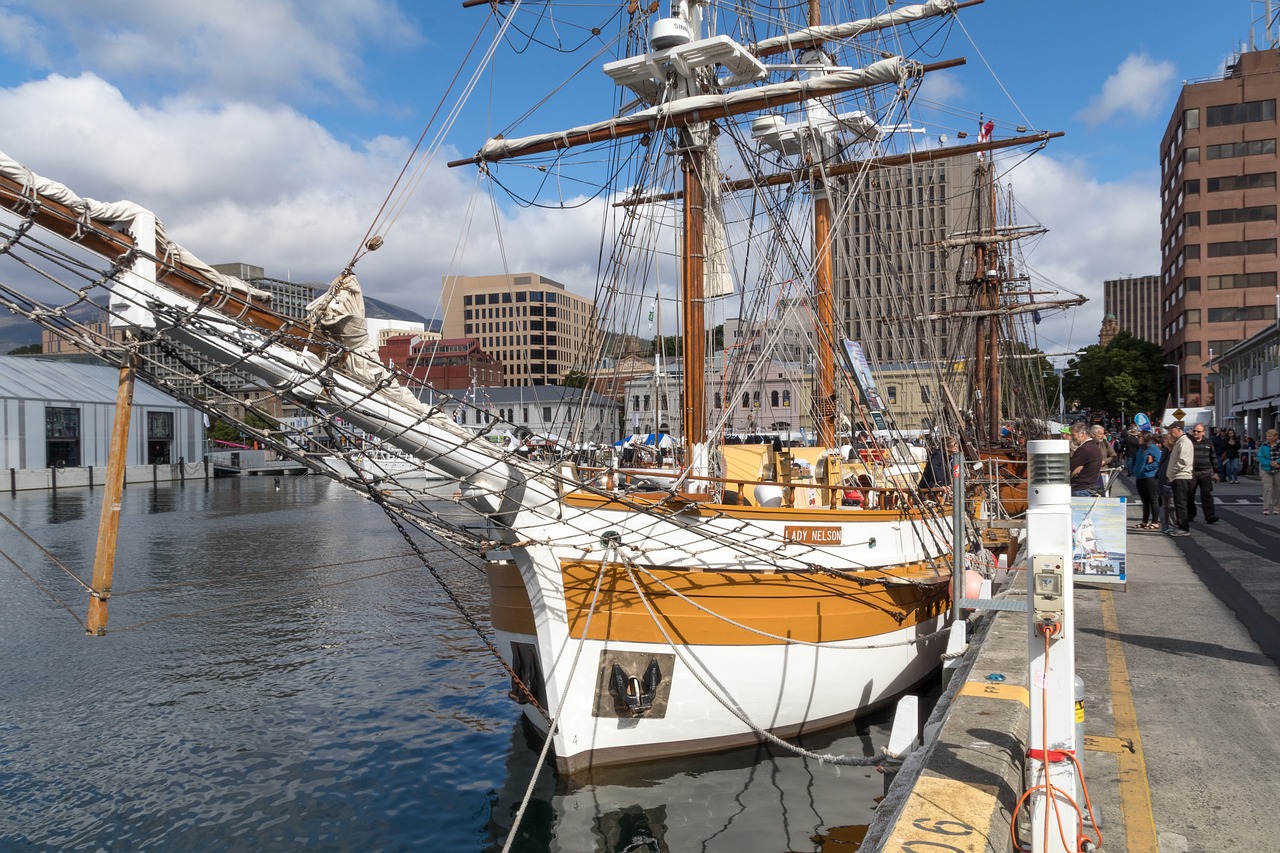
The Island of Forgotten Time: Tasmania’s Untamed, Unhurried Soul
Tasmania is one of Australia’s island states, renowned for its stunning scenery, breathtaking coastlines, rich history, and diverse wildlife. Tasmania is an island located in the southern sea off the Australian mainland, offering a perfect blend of natural beauty, small country towns, historical sites, delicious food, and vibrant art events. Tourists can enjoy national parks, stunning coastal areas, historic penal colonies, and bustling markets. Here are the main components that form Tasmania’s section. Tasmania, an island state of Australia, is a hidden gem that offers travelers a unique blend of ancient forests, complex history, and vibrant culture. With its rugged landscapes, diverse wildlife, craftsmanship, and local produce, Tasmania is a destination that attracts nature lovers, adventurous travelers, and food enthusiasts. Tasmania promises a memorable experience as you explore local cities and visit historical towns.
Tasmania’s top attraction is its natural beauty. The island is home to some of the most picturesque scenery in Australia, including Cradle Mountain-Leck St. Clair National Park, a UNESCO World Heritage Site.

Geography and Natural Beauty, Tasmania, Australia
Tasmania is the 26th largest island in the world, and its geography encompasses everything from pristine beaches to mountain ranges and rainforests. The following areas were highlighted.
- Cradle Mountain-Lake St. Clair National Park: This natural park, which surrounds the Cradle Mountain part of the Wilderness World Heritage Area, also boasts Cradle Mountain, alpine heathlands, and glacial lakes. In addition, there is the famous Overland Track, a 65-kilometer trekking trail that walkers enjoy as one of the best, renowned for its unique scenery.
- Freycinet National Park is situated in the east and is known for its pink granite mountains, secluded bays, and Wineglass Bay, which has consistently been ranked among the world’s best beaches.
- Southwest National Park: At the top of the list of parks in Tasmania, the Southwest National Park’s remote and untouched wilderness truly appeals to those seeking an adventure in the rainforest, mountains, and rivers.
In the park, you can hike the iconic Overland Track, a multi-day trek that traverses alpine meadows, ancient rainforests, and glacial lakes. The park’s diverse ecosystems are home to a range of distinctive wildlife, including wombats, Tasmanian devils, and platypuses. A further place not to miss is Freycinet National Park, with its stark granite peaks, hidden beaches, and the famous Wineglass Bay.
Rich Flora and Fauna
Tasmania acts as a sanctuary for animal lovers, where one can see some of the most unique creatures in Australia:
- Tasmanian Devil: One of the island’s most famous creatures, the Tasmanian Devil is a carnivorous marsupial found only in Tasmania. Although the species is endangered, conservation efforts are underway to protect it.
- Bird Watching: Tasmania is a birdwatcher’s paradise. Among its species are the endangered orange-bellied parrot and the Tasmanian wedge-tailed eagle.
- Marine Life: Beachgoers often spot seals, dolphins, and even whales along the coastlines. Tasmania’s kelp forests and underwater ecosystems are also excellent diving areas.
Historic and Cultural Attractions
- Port Arthur Historic Site: This site, listed among the world’s UNESCO World Heritage sites, offers a glimpse into Tasmania’s convict past. The intact penal colony provides guided tours and exciting night ghost tours.
- Richmond: The charming town of Richmond, founded in 1824, is home to the oldest still-standing bridge in Australia. It is a blend of Georgian buildings, art galleries, and antique shops.
- Salamanca Market in Hobart: Tasmania’s capital city, Hobart, is home to the weekly Salamanca Market, renowned for showcasing the excellence of local craftspeople’s creations, as well as fresh vegetables and crafts.
Conservation parks, such as the Bonorong Wildlife Sanctuary and the Trowunna Wildlife Park, offer the opportunity to see these incredible animals up close and learn about efforts to rescue them. The island’s coastal waters are teeming with marine life, offering opportunities for dolphin watching, seal spotting, and even whale watching during migration seasons.
Adventure and Outdoor Activities
Tasmania offers a range of activities for outdoor enthusiasts:
- Hiking: With numerous trails, the area is perfect for a leisurely walk on the beach or a challenging rock-climbing trek, depending on your skills. The Three Capes Track is an incredible hiking experience along Tasmania’s coastline, featuring stunning cliffs.
- Kayaking and Boating: The Gordon River and Franklin River provide ample opportunities for kayaking and exploring Tasmania’s wilderness from the water.
- Caving: Mole Creek Karst National Park features primarily limestone caves, where visitors can observe glowworms, underground rivers, and stalagmites.
Gourmet Food and Wine
Tasmania is renowned for its locally produced fresh products, seafood, and wines. Tasmania has a cold climate because it is in a cool area. Thus, it is ideally suited for producing excellent quality wines of both Pinot Noir and Chardonnay. The region’s sea animals are mostly abalone, oysters, and salmon, while the land is also abundant with truffle farms, cheese makers, and farmers’ markets. Tasmania’s food and wine festivals, such as Taste of Tasmania in Hobart, are a magnet for food lovers worldwide.
Arts and Cultural Scene
- Museum of Old and New Art (MONA): MONA is a distinct, philosophical museum known as The Reference in Hobart, mostly displaying modern and contemporary art. Thanks to its outstanding examples of non-architecture within, it has achieved a pantheon of visitor goals, its location being a cluster of island boulders. It has facilitated societal movement through exhibitions, which also feature some underground gallery spaces.
- Festivals: Tasmania hosts festivals such as Dark Mofo, a winter solstice event featuring performances, art installations, and feasts, as well as Ten Days on The Island, which showcases local and international arts.
Hobart’s Salamanca Place, once a row of historic sandstone warehouses, is now a bustling strip of galleries, restaurants, and cafes. The Saturday Salamanca Market is a great place to sample local crafts and produce. A highlight is the island’s wine and cuisine. Tasmania’s cool climate and fertile soil make it ideal for producing top-class wines, cheeses, and fresh produce. Two renowned wine regions are the Tamar Valley and Coal River Valley, where wine tastings and tours of boutique wineries can be arranged. Seafood enthusiasts can indulge in fresh oysters, salmon, and abalone, while those with a sweet tooth must visit the Cadbury Chocolate Factory.
Conservation and Sustainability
Tasmania is a biodiverse island with untouched flora and fauna, and is a leader in sustainable tourism globally. The island is divided into intervals, with approximately 40% of the land preserved in natural parks and reserves. Environmental regulations are in place to control the island’s flora and fauna. Sustainable tourism in Tasmania is facilitated through the use of green buildings, and excursions are also offered to educate visitors about the importance of conserving the marine environment in the area.
Practical Information for Travelers
- The best time to visit is during the summer months (December to February), when the area is most popular among people seeking warm temperatures. Nevertheless, spring and autumn are the perfect seasons for nature lovers, as there are fewer tourists and the trees are painted in vibrant colors, while winter is a time for those seeking a quiet retreat.
- Accommodation: The island boasts a diverse range of accommodations, from luxury hotels to quaint cabins and eco-resorts. Hobart and Launceston have robust infrastructure, while the countryside and mountains offer places where people can be left alone to immerse themselves in natural beauty.
- Transportation: Getting to Tasmania: Planes and ferries servicing the route from the national capital and the most significant towns and cities make releases like this possible. The island is one of the nation’s prime road trip destinations, and most tourists rent a car to travel by road and go hiking in the mountains.
Environmental Impact and Responsible Travel
Tasmania has diverged from traditional eco-tourism to emerge as a leader in greening the planet. Travel is an experience and a source of enjoyment for human beings; therefore, we should actively take on “Leave No Trace” responsibilities to support local conservation initiatives. Many tour operators are also moving in this direction, offering eco-friendly trips such as carbon-neutral flights and waste management initiatives.
The historic cities of Tasmania are a significant attraction. Port Arthur is an attractive twinkle in the corner of Australia, a former penal colony. The incredibly well-protected ruins and directed tourism are a poignant reminder of the past. The city of Richmond is another popular destination for history enthusiasts, boasting its historic bridge and unusual cabin. Tasmania has something for everyone.
Conclusion
Tasmania is a destination where you can create lifelong memories, thanks to its incredible landscape, unique wildlife, rich history, and vibrant culture. Whether he is traveling on the old anniversary or searching for historical sites and tasting the gap, Tasmania is an experience that you will never get enough of. Another island travelers can visit, named The Lord Howe Island, located in the Tasman Sea about 600 kilometers off the coast of Australia, is perhaps the most fascinating and ecologically significant location on our planet.
Tasmania combines stunning natural beauty, a rich cultural heritage, and a commitment to preservation that draws travelers of all kinds. The diverse mix of outdoor, stress-free, and culinary activities, combined with the city, allows you to visit one of the world’s tastiest places. Hence those who are seeking nature, history, and culture can enjoy Tasmania, this is one of the main reasons why Tasmania remains among Australia’s most desirable destinations. For more information on planning a trip, visit Discover Tasmania, the official tourism website.

Author
Related posts

Hierapolis & Pamukkale, Turkey
Hierapolis–Pamukkale – Stunning natural beauty and fascinating ancient history Hierapolis & Pamukkale are one of the most spectacular destinations in Turkey, where...
Read out all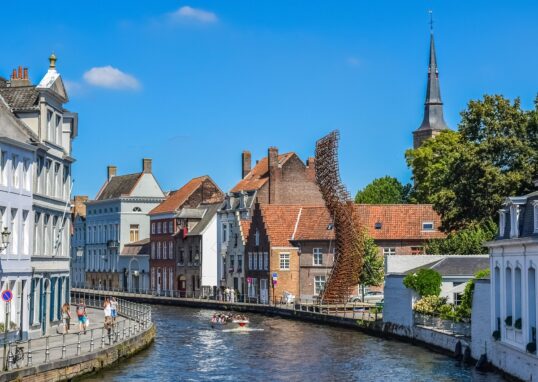
Brugge, Belgium
The Centre of Brugge – The northern part of Belgium The Centre of Brugge, sometimes referred to as the “Historic Centre of...
Read out all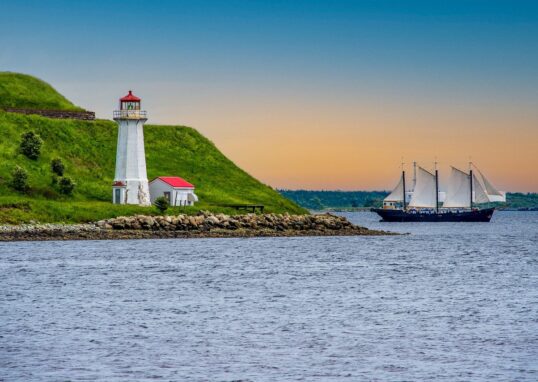
Nova Scotia, Canada
Nova Scotia, Peaceful provinces in Canada Situated on the far eastern side of the country, Nova Scotia is one of the most...
Read out all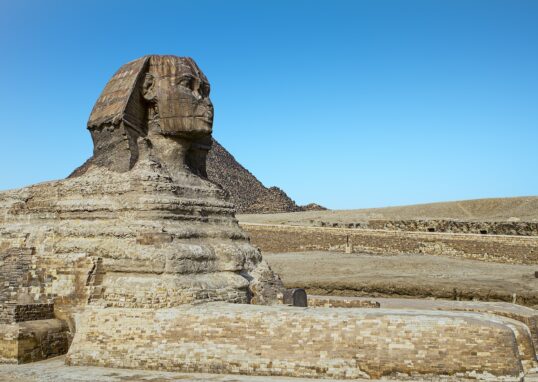
Historic Cairo
Cairo – Fascinating heritage areas in the World Historic Cairo, also known as Islamic Cairo or Old Cairo, is one of the...
Read out all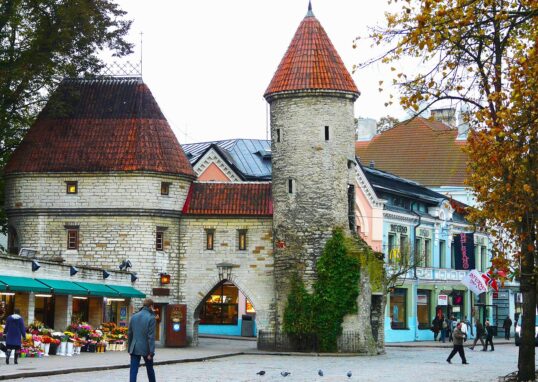
Tallinn, Estonia
Tallinn – A beautiful medieval cities in Europe Tallinn, Estonia’s charming capital, is one of the most beautiful medieval cities in Europe,...
Read out all
Hiroshima , Nagasaki, Japan
Hiroshima and Nagasaki – Unforgettable place in world history Hiroshima and Nagasaki are two unforgettable cities in world history, located in Japan....
Read out all

